This week in Israeli history: June 24-30
Published June 25, 2021

June 24, 2007 — Israel Holds 1st Pro Baseball Game
The Israel Baseball League launches with the Modi’in Miracle’s 9-1 win over the Petach Tikvah Pioneers in front of more than 3,000 fans at Yarkon Field in Petach Tikvah. The six-team professional league features players from the United States and Latin America, has former U.S. diplomat Dan Kurtzer as commissioner, and includes former major-leaguers Ron Blomberg, Art Shamsky and Ken Holtzman as managers. It folds after one season.
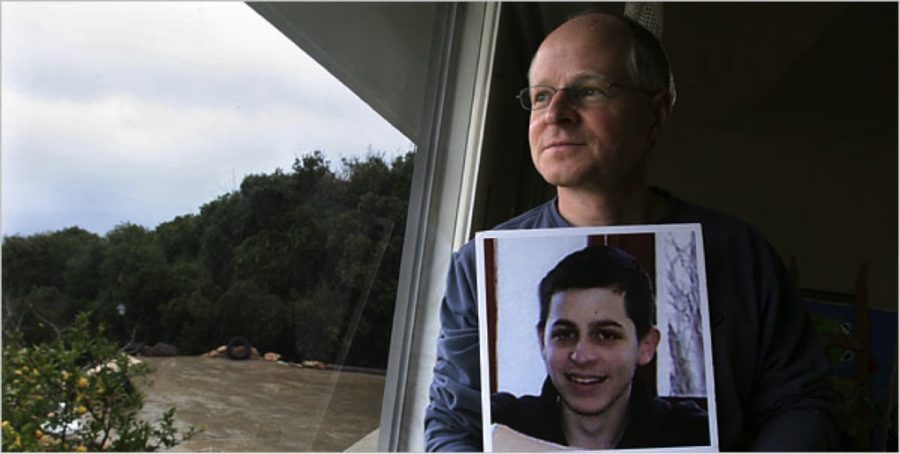
June 25, 2006 — Gilad Shalit Is Captured
Palestinian militants entering Israel through a tunnel from Gaza disable a tank patrolling the border, kill two soldiers, and capture a third, Gilad Shalit. Hamas offers information about Shalit’s whereabouts if Israel releases Palestinian prisoners, but the government refuses to negotiate. Shalit remains a captive without access by the Red Cross until Oct. 18, 2011, when he is exchanged for 1,027 Palestinians, many of whom had murdered Israelis.
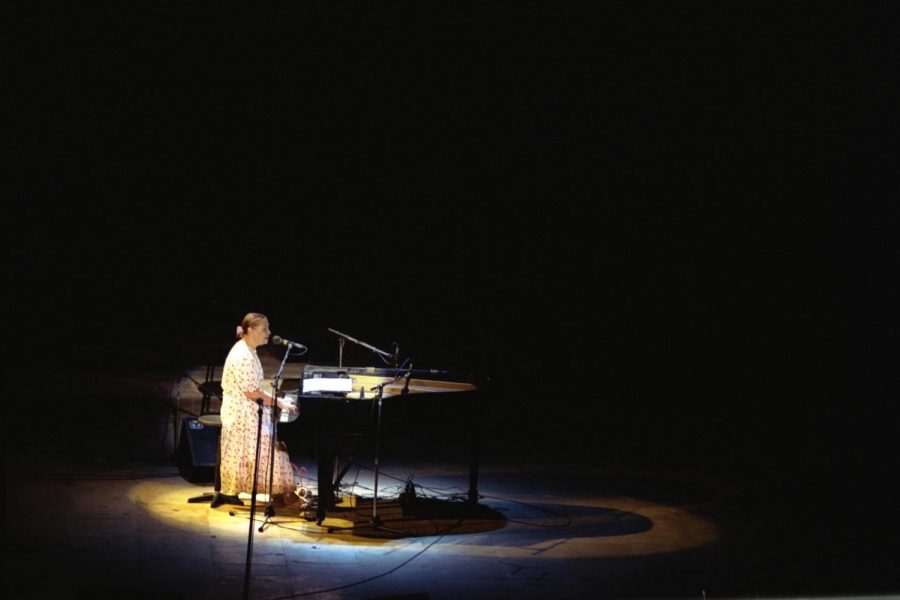
Naomi Shemer performs in Caesarea in 1991.
June 26, 2004 — ‘Jerusalem of Gold’ Writer Naomi Shemer Dies
Musician Naomi Shemer, best known for writing the song “Jerusalem of Gold,” dies at age 73 after a long battle with cancer. Born on a kibbutz by the Sea of Galilee, she served with the IDF’s Nahal entertainment unit and studied music at the Rubin Academy. She wrote “Jerusalem of Gold” for a festival in 1967. After the Six-Day War, the Israeli public treated the recording by Shuli Natan as the anthem of the city’s reunification.
ADVERTISEMENT
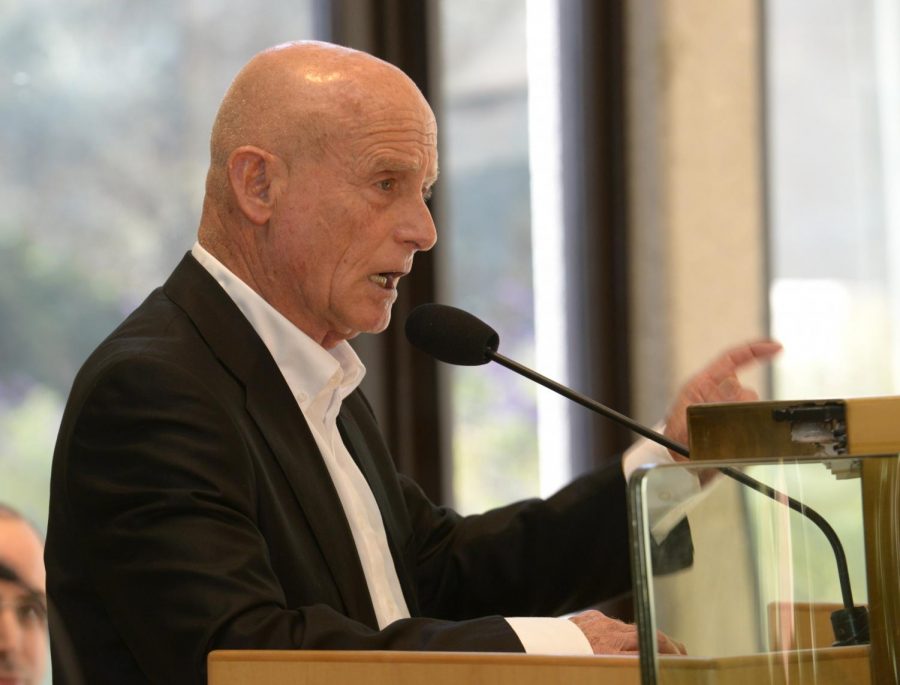
Photo by Mark Neyman, Israeli Government Press Office
Retired Shin Bet head Ami Ayalon speaks at the President’s Residence in 2013 during his time as an advocate for people with intellectual disabilities and as a proponent of the peace process.
June 27, 1945 — Shin Bet Head Ami Ayalon Is Born
Ami Ayalon, who leads the Shin Bet security service and Israel’s navy, is born in Tiberias. He earns the Medal of Valor, Israel’s highest military decoration, for helping capture Egypt’s Green Island as a naval commando despite being wounded several times in the battle. He commands the navy from 1992 to 1996, when he is put in charge of the Shin Bet. He retires in 2000. He represents Labor in the Knesset from 2006 to 2009.
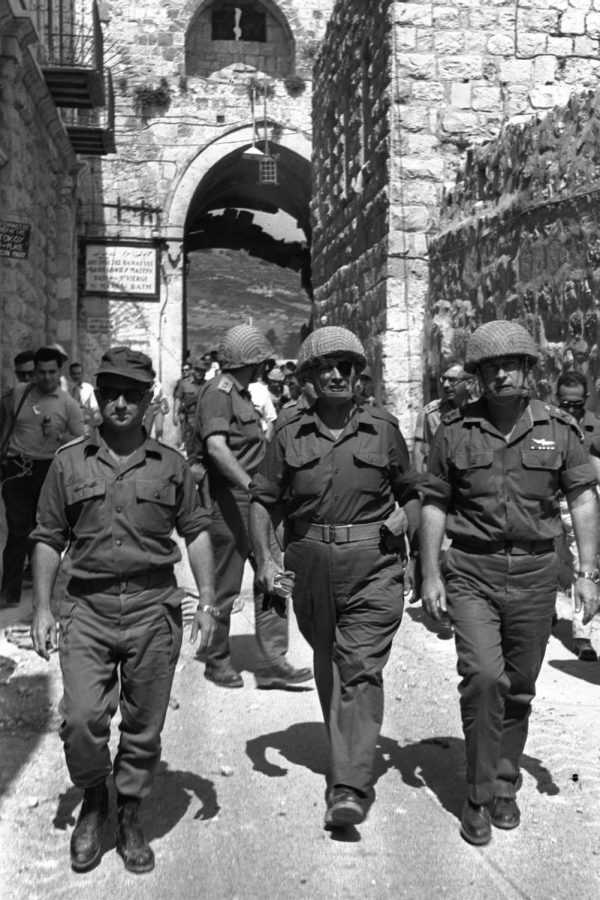
(From left) Uzi Narkis, Moshe Dayan and Yitzhak Rabin enter Jerusalem’s Old City through the Lion’s Gate on June 7, 1967.
June 28, 1967 — Jerusalem Officially Is Reunited
Israel publishes the Jerusalem Declaration, announcing the official reunification of the city under Israeli sovereignty after the Six-Day War. Jordan lost control of the eastern part of the city and the West Bank after attacking Israel and bombarding Jerusalem on June 5. Jordan had denied access to the city’s holy sites to Jews and Israeli Arabs. By contrast, Israeli Prime Minister Levi Eshkol promises access to people of all faiths.
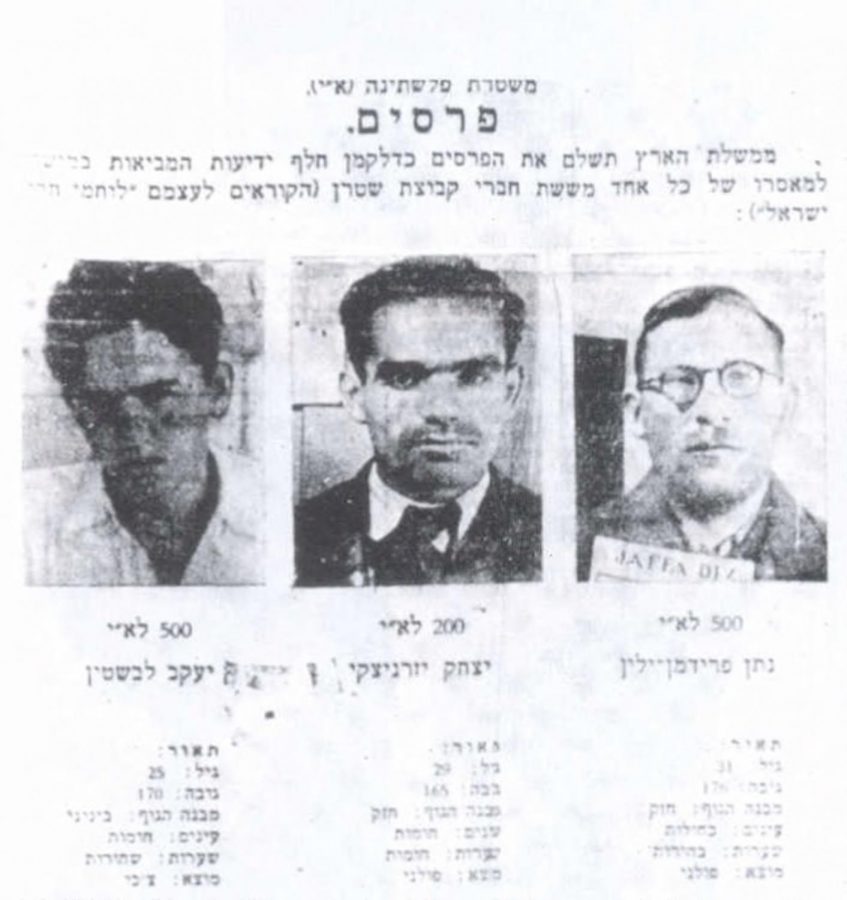
June 29, 1946 — British Round Up Resistance Fighters
The British military launches Operation Agatha, a two-week series of raids against Jewish resistance fighters, on a day that comes to be known as Black Sabbath. Involving 17,000 soldiers, the operation seizes weapons and arrests 2,700 Jews, including future Prime Minister Moshe Sharett, most of whom are held at a special camp at Rafiah. Captured documents demonstrate the cooperation among Jewish resistance movements.
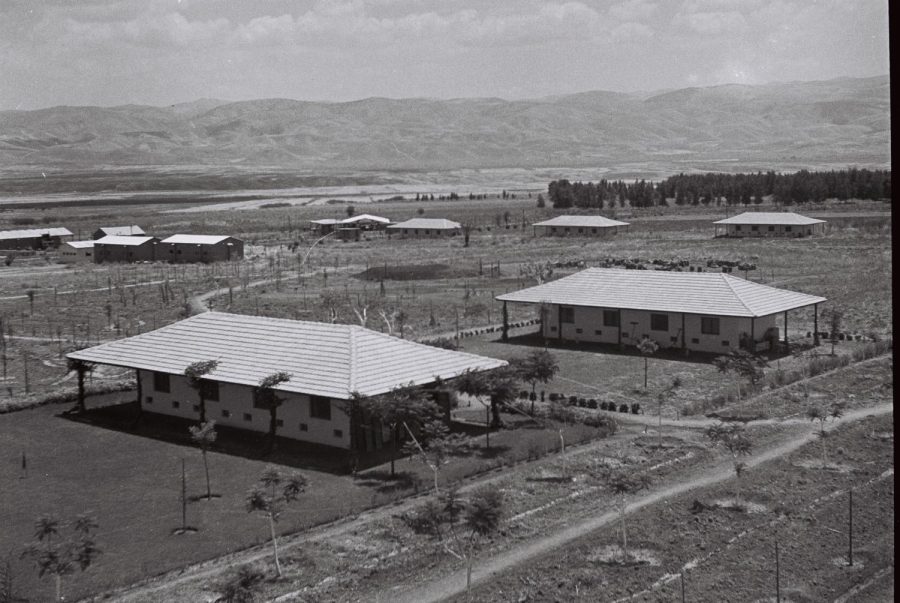
June 30, 1937 — Religious Kibbutz Tirat Zvi Is Founded
German, Polish and Russian Jews establish Kibbutz Tirat Zvi in the Beit She’an Valley as one of the first religious kibbutzim. It is just west of the Jordan River and north of what becomes the Jordanian-controlled West Bank. Its name honors Rabbi Zvi Hirsch Kalischer, a 19th century Zionist leader. The kibbutz is part of the “Tower and Stockade” movement, an effort to expand the borders of a future Jewish state.
Items are provided by the Center for Israel Education (israeled.org), where you can find more details.















